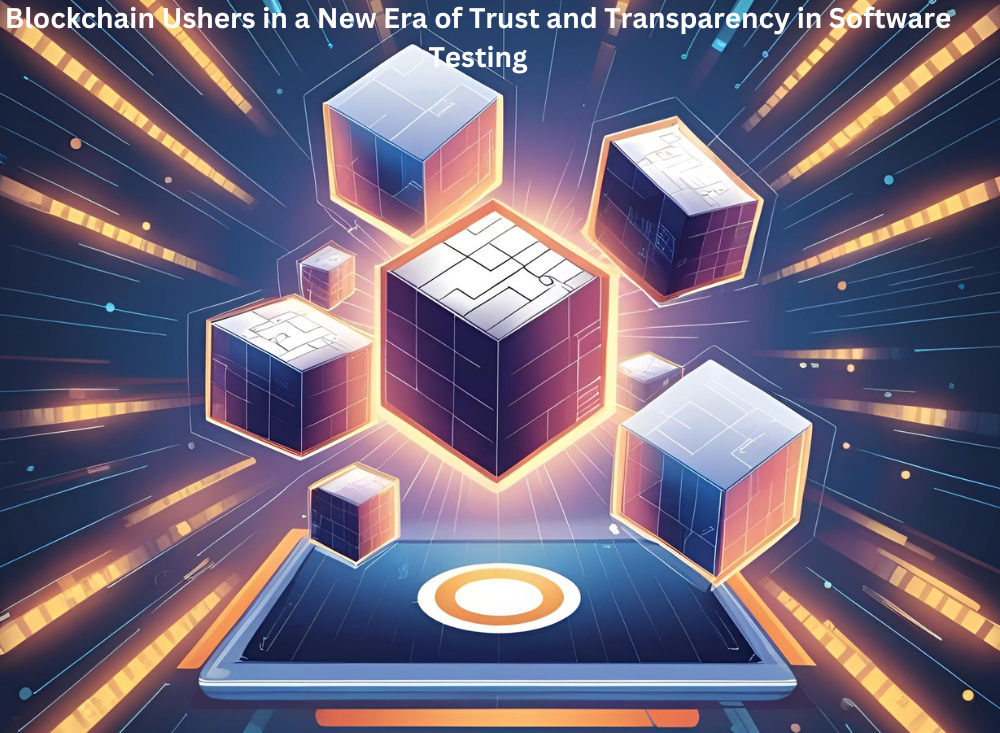
In an age where digital transformation is accelerating at an unprecedented pace, ensuring the reliability and security of software has never been more critical. Traditional software testing methods, while effective, often face challenges related to data integrity, traceability, and collaboration among stakeholders. Enter blockchain technology—a revolutionary force that is redefining the landscape of software testing by introducing unparalleled levels of trust, transparency, and efficiency.
The Need for a Paradigm Shift in Testing
Software testing has long relied on centralized systems where test results, logs, and reports are stored in databases controlled by a single entity. This centralized approach, though functional, presents risks such as:
- Data Tampering: Test results can be altered, either accidentally or maliciously, leading to false confidence in software quality.
- Lack of Auditability: Tracking changes in test cases, execution logs, and defect reports over time can be cumbersome and prone to disputes.
- Limited Collaboration: Distributed teams often struggle with version control and synchronization of test artifacts.
Blockchain, with its decentralized and immutable ledger, addresses these challenges head-on, paving the way for a new era of verifiable and tamper-proof testing processes.
How Blockchain Transforms Software Testing
1.Immutable Test Records for Unmatched Integrity
Every test case execution, defect report, and log entry can be recorded on the blockchain, creating an indelible history of testing activities. Since blockchain entries cannot be altered retroactively, stakeholders—developers, testers, and auditors—can trust that the data has not been manipulated. This ensures that regulatory compliance and audit trails are more robust than ever before.
2.Smart Contracts for Automated Verification
Smart contracts—self-executing agreements with predefined rules—can automate key testing workflows. For instance, a smart contract could automatically validate whether a build meets predefined quality gates before deployment. If test coverage or pass rates fall below thresholds, the contract could halt the release process, ensuring only certified code progresses to production.
3.Decentralized Collaboration Across Teams
With blockchain, geographically dispersed teams can work on the same test artifacts without relying on a central authority. Test cases, results, and defect reports are synchronized across the network, eliminating version conflicts and ensuring real-time transparency among all participants.
4.Enhanced Security Testing
Blockchain’s cryptographic principles extend to security testing, where vulnerabilities and penetration test results can be securely logged and shared with authorized parties. This prevents unauthorized modifications to security reports, making compliance audits more straightforward and trustworthy.
The Future: A Self-Governing Testing Ecosystem
As blockchain continues to mature, we are moving toward a future where testing ecosystems operate autonomously. Imagine a self-healing system where test scripts are automatically updated based on smart contract rules, or where AI-driven test bots validate code changes and record results on-chain without human intervention.
This is not just an incremental improvement—it’s a fundamental reimagining of how software quality is assured. Blockchain doesn’t just support testing; it reinvents it by embedding trust and automation at its core.
Conclusion: The Dawn of a Trust-Centric Testing Era
The integration of blockchain into software testing marks the beginning of a new era—one where every test result is indisputable, every audit trail is transparent, and every stakeholder operates with absolute confidence in the process. As organizations worldwide adopt this transformative technology, the way we ensure software quality will never be the same.